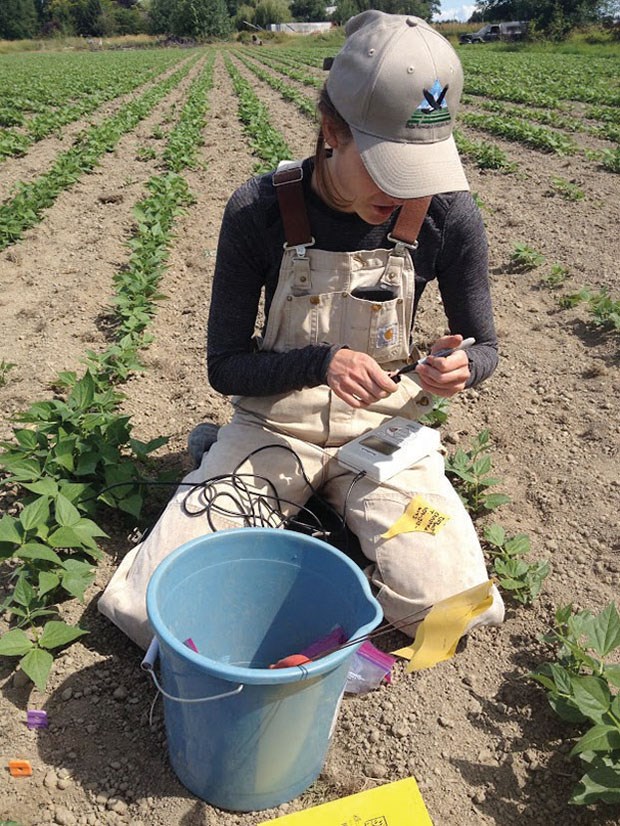Driving around Delta throughout the summer, one can almost always be guaranteed to spot a tractor in a farm field. Farmers can be found tending to their planted crops, which transform the bare soil in the spring into lush rows of potatoes, beans, peas and other local bounty we enjoy in the summer.
However, not all Delta fields undergo this transformation. Curiously, a portion of fields appear to be left fallow year after year, with grass growing to over a metre in height. Sometimes these grass fields are directly adjacent to a bustling crop field, which is a puzzling sight for passersby.
Although these fields might appear to be forgotten, in reality they are actively managed by farmers enrolled in the Delta Farmland and Wildlife Trust’s Grassland Set-aside Stewardship Program.
“People phone our office and ask why farmers aren’t farming their grass fields,” says Christine Terpsma, program coordinator for the trust. “We tell them that the grass fields they see are actually enrolled in a specialized program that helps farmers maintain soil fertility and provide other benefits, such as wildlife habitat.”
Initiated by Delta farmers and the trust, the Grassland Set-aside Stewardship Program is unique in all of Canada. Vegetable farmers sign up to sow a grass seed mix into their fields and allow them to “rest” or fallow for up to four years.
Fallowing a field gives the grass mix an opportunity to help re-build soil structure and fertility. In addition to taking care of the health of the soil, these fields also provide high-quality nesting and feeding habitat for numerous wildlife species.
Incorporating short-term grasslands into rotations is considered a best management practice for soil conservation; however, more research is needed to quantify the benefits of the Grassland Set-aside Stewardship Program specifically.
“Although farmers have embraced this program for over 20 years, there is still work to be done in evaluating the soil productivity benefits which result from grassland management,” says Terpsma. “Farmers want to know how their soil improves over the four-year enrollment, and how their fields perform after the set-asides are tilled in for crop production.”
Thanks to a five-year grant recently received through the Investment Agriculture Foundation of B.C., Delta farmers will soon find out just how grassland set-aside management affects the productivity of their soil. The trust is partnering with doctors Sean Smukler and Maja Krzic from UBC to study the program and cropped fields in Delta over the next five years.
The research is underway, with UBC students monitoring over 25 fields in the area. This project is one of the largest research partnerships the trust has undertaken since the organization was formed in 1993.
“We are pleased to conduct an evaluation of a full cycle of grassland set-asides with our research partners at UBC,” says Terpsma. “Farmers have been asking for this type of evaluation for a long time, and I believe the results of the project will assist our farmers in managing their crop rotations to maximize long-term soil productivity.”
Funding for this project was provided in part by Agriculture and Agri-Food Canada through programs delivered by the Investment Agriculture Foundation of B.C.



